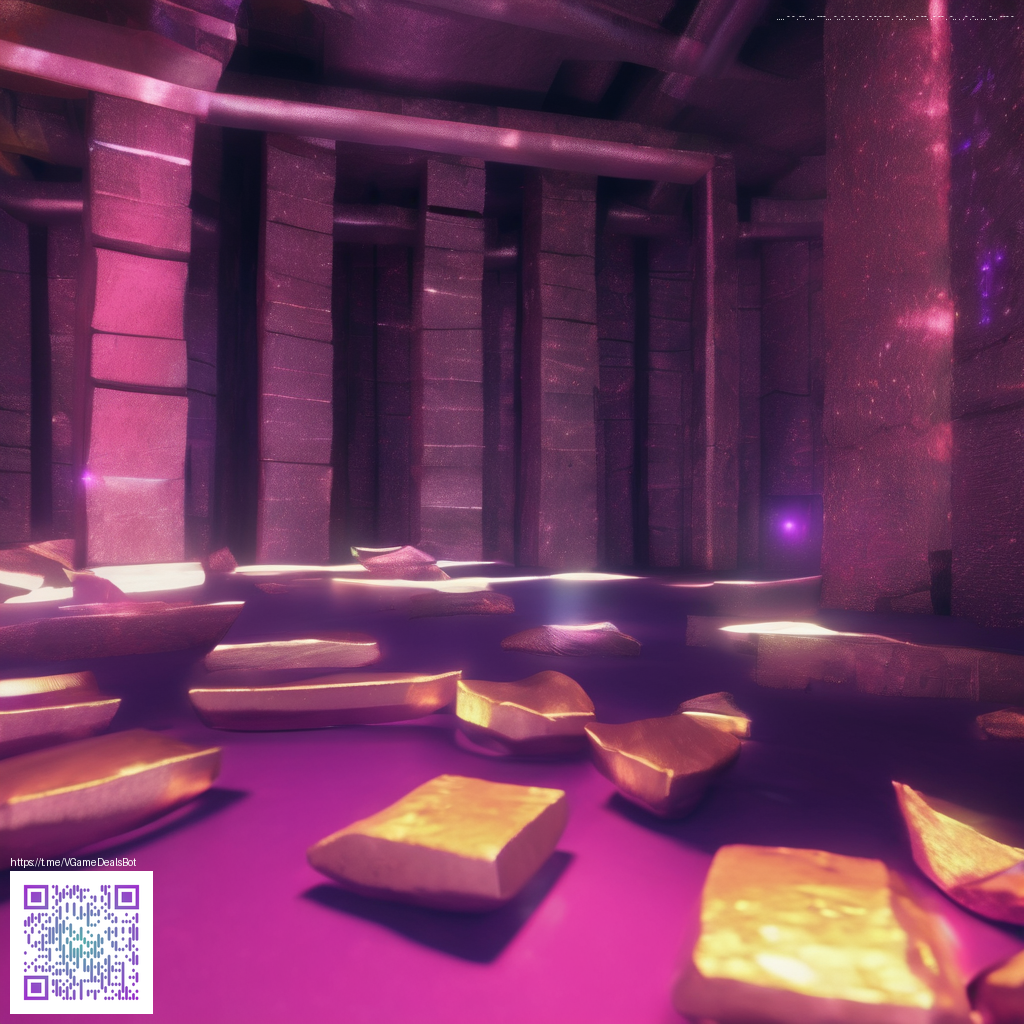Designing NFT Crafting Systems for Survival Games
Survival titles are built on the tension between scarcity and skill. When you introduce non-fungible tokens (NFTs) into the crafting loop, you unlock verifiable ownership, unique item provenance, and a persistent progression today’s players expect. An NFT-crafted item isn’t just a temporary stat bump; it’s a collectible with a traceable history, a potential upgrade path, and a place in a broader, player-driven economy. Done well, NFT crafting turns routine resource gathering into meaningful decisions about risk, trade, and long-term strategy.
At their core, NFT crafting systems hinge on three pillars: scarcity with identity, procedural depth, and economic integrity. Scarcity gives value to rare blueprints and materials; identity ensures each asset carries a unique fingerprint that players can verify across sessions or even across games that share a common standard. Procedural depth comes from recipes, upgrade trees, and dynamic item states—durability, enchantments, or evolving appearances. Economic integrity requires thoughtful supply controls, transparent rules, and safeguards against runaway inflation or gatekeeping that alienates new players.
Key design principles that resonate with survival players
- Clear progression: NFTs should unlock useful, non-pay-to-win upgrades that feel earned through playtime and decisions, not just purchases.
- Interoperability: Cross-game or cross-title compatibility can amplify value, but only if the underlying standards are robust and well-documented.
- Provable rarity: Rarity must be verifiable on-chain or via a trusted, auditable off-chain registry to prevent disputes.
- Economy sanity: Scarcity should align with game pacing, loot tables, and crafting costs. Avoid systems that incentivize hoarding or mass burnouts.
- Player governance: When players have a voice in balancing or feature requests, the ecosystem feels fairer and more durable.
Successful implementations often employ a two-tier asset model: procedurally generated components that players combine to craft NFTs, and the final NFT that represents the finished item. This approach keeps crafting engaging (you mix and match components) while ensuring the end product remains a unique, tradable asset with a visible lineage. Crafting time, energy requirements, and potential failures add tension, encouraging careful planning rather than reckless grinding. A small, thoughtful friction—like a cooldown or seasonal mats—can preserve value and sustain long-term interest.
“The most durable NFT crafting systems blend tight gameplay loops with transparent economics, so players feel ownership without sacrificing accessibility or fairness.”
For studios and communities exploring this space, practical desk-side considerations can inform design choices. For example, branding and physical merch can accompany digital journeys in meaningful ways. Consider a tangible companion like the Neon Gaming Mouse Pad 9x7—a vivid desk accessory that mirrors the vibrant, collectible nature of NFT loot. While the physical item isn’t required for digital ownership, it can reinforce fan engagement, show appreciation for dedicated players, and broaden the ecosystem’s appeal. If you’re curious about related explorations, you can explore discussions and references on this topic at this benchmark page.
Practical patterns you’ll see in the wild
- Blueprints and mats: NFTs that grant access to secret recipes, with mats that are tradable or consumable to craft higher-tier items.
- Upgradeable items: A base NFT that can receive on-chain upgrades, altering aesthetics or minor stats, while preserving its original identity.
- Seasonal scarcity: Limited-time drops or rotation-capable assets that refresh the meta, maintaining interest without destabilizing the economy.
- On-chain vs off-chain trade-offs: Some data (like lineage) stays on-chain for verifiability, while performance-critical states are kept off-chain and synchronized to wallets and marketplaces.
- User-friendly wallets: Streamlined onboarding, intuitive wallets, and clear guidance on costs to lower friction for newcomers.
Implementation steps you can start with
- Define asset taxonomy: decide which items are NFTs (blueprints, final gear, skins, land) and which are consumables or mats that support crafting.
- Choose a token standard and hosting model: ERC-721 or ERC-1155 with considerations for gas costs, cross-game interoperability, and potential layer-2 solutions.
- Design crafting recipes thoughtfully: balance mats required, crafting time, risk of failure, and upgrade paths that keep players invested.
- Establish an economic framework: set cap levels, minting rules, burn mechanics, and royalty structures that reward creators without overwhelming players.
- Plan onboarding and UX: minimize wallet friction, provide in-game tutorials for NFT usage, and clearly explain ownership benefits.
- Audit and security: implement rigorous smart contract audits and community testing to prevent exploits that could undermine trust.
As with any new technology layer, testing is essential. Start with a closed beta to gauge how players value NFT assets in crafting and whether the economic levers behave as intended. Gather feedback on balancing, marketplace discoverability, and the clarity of ownership. A thoughtful rollout helps preserve player trust while you expand the system over time.
